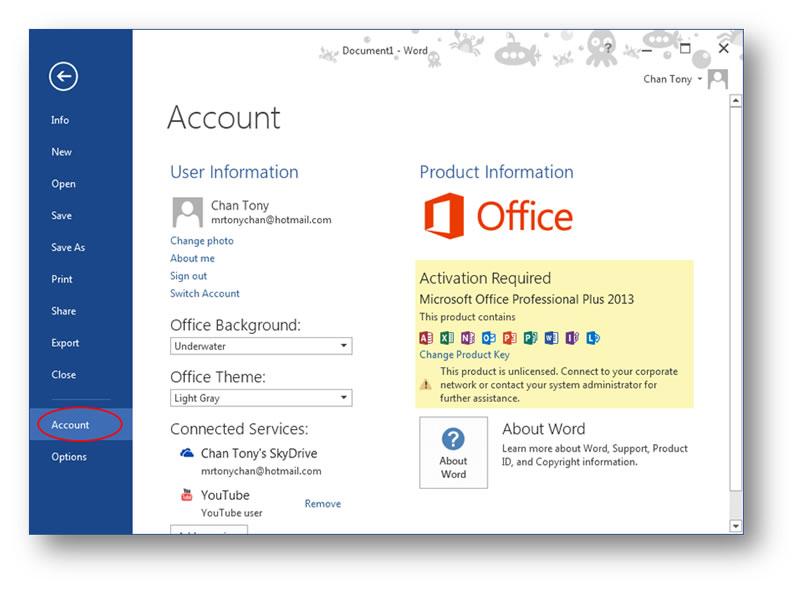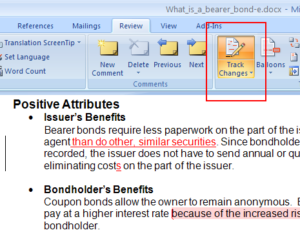Facilitating Collaboration: A Deep Dive into the Easier File Sharing Feature in MS Office 2013

Introduction: Navigating the Landscape of Collaboration
In the ever-evolving world of productivity software, collaboration stands as a cornerstone of success. Microsoft Office, a trailblazer in this domain, took a monumental step forward with the release of MS Office 2013. At the heart of this transformation was the easier file sharing feature, a robust mechanism designed to streamline collaboration, enhance accessibility, and redefine how individuals, teams, and organizations interacted with their digital documents. Join us on an in-depth exploration as we dissect the intricacies of this feature, unraveling its impact on collaborative workflows and ushering in a new era of shared productivity.
Understanding the Collaborative Imperative
Before delving into the specifics of the easier file sharing feature, it’s imperative to recognize the growing importance of collaboration in the contemporary professional landscape. As teams become more dispersed, projects more intricate, and timelines more compressed, the need for seamless collaboration has never been more pronounced. MS Office 2013 acknowledged this imperative, laying the foundation for a collaborative ecosystem that transcended geographical boundaries and time constraints.
The Evolution of File Sharing: From Complex to Easier
Historically, file sharing within office environments often entailed intricate processes, multiple versions of documents, and the perpetual challenge of maintaining data integrity. MS Office 2013 sought to alleviate these pain points by introducing an easier file sharing feature that simplified the sharing and collaboration paradigm. This marked a departure from the traditional complexities associated with file sharing, ushering in an era where users could effortlessly collaborate on documents without sacrificing security or control.
Streamlined Sharing: A User-Centric Approach
At the core of the easier file sharing feature was a commitment to a more user-centric approach. Delve into the revamped sharing interfaces across MS Office applications, where users could seamlessly initiate sharing, set permissions, and monitor document activities. The streamlined sharing process aimed to minimize the learning curve, making it accessible to users with varying technical proficiencies. Witness how MS Office 2013 transformed the act of sharing from a cumbersome task to an intuitive and empowering experience.
Real-Time Collaboration: Breaking Down Silos
One of the groundbreaking elements of the easier file sharing feature was the emphasis on real-time collaboration. Explore how MS Office 2013 enabled multiple users to collaborate on a document simultaneously, breaking down silos and fostering a dynamic environment where ideas flowed seamlessly. Whether editing a Word document, fine-tuning an Excel spreadsheet, or refining a PowerPoint presentation, users experienced the thrill of synchronous collaboration, witnessing changes in real time and eliminating the delays associated with sequential workflows.
Integration with Cloud Platforms: The Rise of Anytime, Anywhere Collaboration
The advent of cloud computing marked a paradigm shift in how documents were shared and accessed. MS Office 2013 embraced this shift by integrating seamlessly with cloud platforms, allowing users to share documents effortlessly across OneDrive, SharePoint, and other cloud repositories. This heralded the era of anytime, anywhere collaboration, enabling teams to work on documents regardless of their physical location. The fusion of the easier file sharing feature with cloud technology epitomized Microsoft’s commitment to a connected, globalized workspace.
Granular Permissions: Balancing Access and Control
Collaboration inherently involves a delicate balance between providing access and maintaining control. MS Office 2013 recognized this challenge and introduced granular permissions within the easier file sharing feature. Unpack the intricacies of permission settings, where document owners could define who could view, edit, or comment on a document. This fine-grained control ensured that sensitive information remained secure while fostering an environment of trust and transparency among collaborators.
Feedback and Commenting: Enhancing Collaboration Dynamics
Effective collaboration goes beyond document editing; it involves meaningful communication and feedback. MS Office 2013 elevated the collaborative dynamics by incorporating robust feedback and commenting features. Explore how users could provide contextual comments, suggestions, and annotations directly within documents. This feature not only streamlined communication but also preserved a documented history of discussions, enabling teams to trace the evolution of ideas and decisions.
Enhanced Security Measures: Safeguarding Shared Documents
As collaboration expanded its horizons, so did the need for robust security measures. MS Office 2013 addressed this concern by implementing enhanced security protocols within the easier file sharing feature. Delve into the multifaceted security measures, including encryption, access logs, and authentication mechanisms, designed to safeguard shared documents from unauthorized access or malicious activities. The focus on security reassured organizations that they could embrace collaboration without compromising the integrity of their sensitive data.
Mobile Accessibility: Collaboration On the Go
In an era dominated by mobile devices, true collaboration demands accessibility on the go. MS Office 2013 met this demand head-on by ensuring that the easier file sharing feature extended seamlessly to mobile platforms. Investigate how users could access, edit, and share documents from their smartphones or tablets, transcending the limitations of traditional office setups. The synchronization between desktop and mobile experiences empowered users to stay connected and productive regardless of their physical location.
User Adoption and Productivity: A Symbiotic Relationship
An exploration of the easier file sharing feature in MS Office 2013 would be incomplete without acknowledging its tangible impact on user adoption and productivity. Navigate through case studies, testimonials, and success stories that highlight organizations’ journeys as they embraced this transformative feature. From accelerated project timelines to improved collaboration outcomes, witness how the easier file sharing feature became a catalyst for positive change, shaping the narrative of modern workplace productivity.
Conclusion: Redefining Collaboration, One Share at a Time
As we conclude our deep dive into the easier file sharing feature in MS Office 2013, it’s evident that Microsoft’s commitment to redefining collaboration has left an indelible mark on the landscape of productivity software. The journey from complex file sharing to an easier, more intuitive experience mirrors the broader evolution of collaborative work environments. MS Office 2013 stands as a testament to the power of innovation in reshaping how individuals and teams collaborate, share ideas, and collectively contribute to the growth and success of their endeavors.







